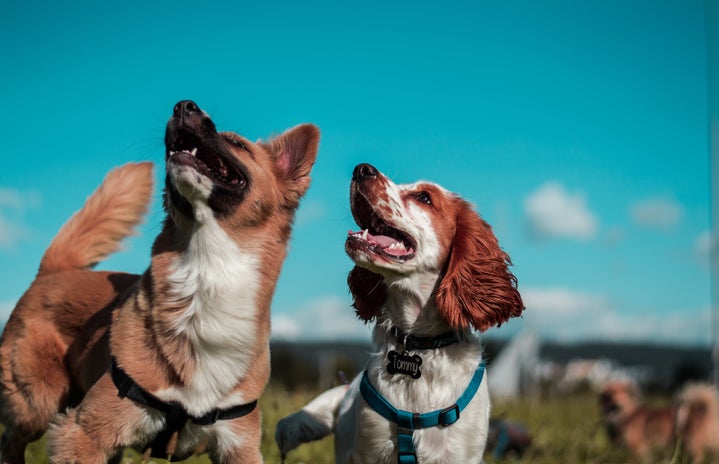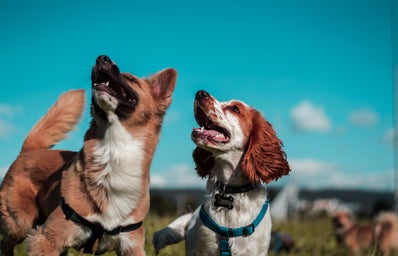For every pet owner, the eventual death of their companion is a topic that is usually avoided altogether until it inches closer. Seeing one’s pet, once so lively and moving throughout the house, reduced to a feeble heap is very distressing to the owner. Watching their aged pet can be further depressing as it is difficult to comprehend their needs. Though it may seem shattering in the beginning, elderly pet care can be eventually mastered with less stress over time and experience. It is necessary to at first understand the possible issues that might be encountered eventually, thus preparing beforehand the supplies needed for elderly pets and mentally for handling psychological burdens.
Picky eating
Owners would most likely be frustrated when their pets suddenly display fussy eating patterns. Even foods or snacks that have long been favored for years can be eventually declined. Reasons can be attributed to the weakening of the jaws or teeth, just as humans do with old age. Difficulty to chew means it is time to shift to softer, preferably wet foods such as pastes. Wet food has the additional benefit of simultaneously providing fluids; drinking could also become a challenge, especially if the pet has difficulty supporting itself. Another reason may be the pet’s desire for foods higher in calories. As weight loss is a common inevitable issue with aging, pets may prefer foods that are fattier and sometimes stronger in flavor. When feeding, a syringe is a handy tool that greatly saves time and effort. Even solid foods could be fed by being mashed into a paste then inserted into a syringe.
When feeding bedridden pets, it is still possible to feed them without holding them up by simply propping their head up by sliding a folded blanket or cushion. The head needs to be supported just high enough to prevent choking. Then a towel (or any kind of sheet that could get dirty) should be placed underneath the face to catch bits of food and saliva. Absorbent pads, such as those used for potty training, are highly recommended. With a syringe, food and liquids could then be inserted into the side of the mouth.
Behavioral changes
Just like humans, pets too may undergo dementia and other mental issues with age. Though it is not the same kind of dementia experienced by humans, cognitive dysfunction syndrome (CDS) affects older pets with similar symptoms. Memory loss is one symptom: pets can get lost in familiar places and/or seem to be unable to recognize faces. In addition to changes in sleeping patterns, another and arguably frustrating symptom is erratic temperament, such as being more vocal than usual. This means owners would have to tolerate long periods of sleeplessness as their pets would often be loud at nighttime. Stress and fatigue are unfortunately unavoidable during elderly pet care. Factors such as sleep deprivation, constant monitoring, and a general sense of constant concern could be psychologically draining when all overlap. This is why it is crucial to have at least one other person to take turns looking after their pet. For owners living alone, it is near impossible to look after their elderly pets alone. Whether it is for going to work or needing time to rest, having someone else as backup is not only helpful but mentally relieving.
Preserving the best times
An unlikely but important note before elderly pet care is taking pictures. When caring for aged pets, there are times when owners miss seeing their pet young and healthy. Regret can be felt when watching an aged pet, especially one struggling with illness, inciting thoughts of wanting to have done more when they were still younger. The lives of pets are surprisingly fleeting; with shorter lifespans it is easy to forget how quickly they could age. In times when elderly care feels overwhelming, looking back at such images alleviates some of the stress and reminds owners how far they have come. Taking photos and videos of pets when they were younger also serves as vital health guidance. For instance, videos of pets walking could later be used to examine changes in gait when the pet experiences mobility issues.
Handing burdens alone
One vital point that is frequently forgotten regarding pet ownership is whether the owner is capable of taking care of their elderly pet alone. On top of the concern of monitoring their pet at all times, financial issues are an inevitable problem when caring for elderly pets, even so if the pet carries health issues. Medical costs can be quite tough on single owners, particularly surgeries. If a pet needs palliative care, medications have to be taken until the death of the pet – equaling a substantial sum in total. This is why when considering whether to become a pet owner, it is absolutely necessary to question oneself if they are capable of caring for their pets alone even during the most difficult times. Is there someone you can rely on if you need assistance? Do you think you can handle the costs? Though harrowing, these questions prevent the unwanted outcome of inevitably relinquishing aged pets.


